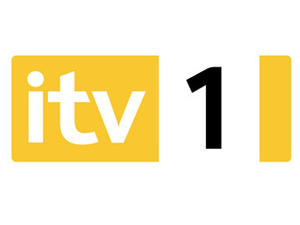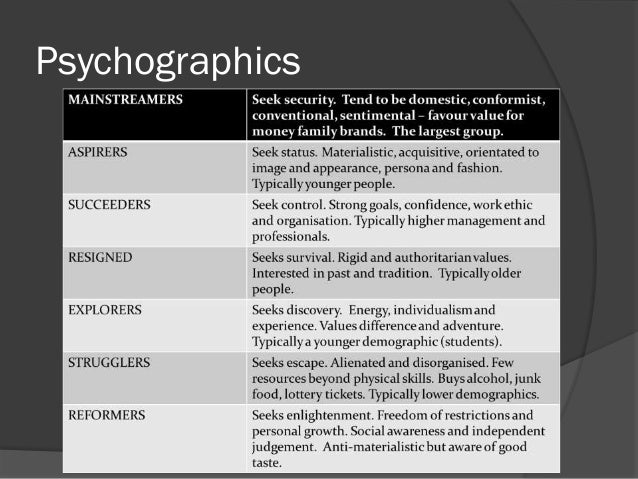Remits and Audience - TV Channels
 Remit: For ITV,
the remit is high quality programmes across a variety of genres such as drama,
current affairs and entertainment. ITV1 offer all different types of shows that
will cater for all the audience. It is a mainstream public service channel funded by advertising revenue. Examples of drama shows that are broadcast on ITV1 include Downton Abbey and Law & Order: UK.
Remit: For ITV,
the remit is high quality programmes across a variety of genres such as drama,
current affairs and entertainment. ITV1 offer all different types of shows that
will cater for all the audience. It is a mainstream public service channel funded by advertising revenue. Examples of drama shows that are broadcast on ITV1 include Downton Abbey and Law & Order: UK.Audience: ITV1 aims to attract the widest possible audience. Although the channel is primarily targeted at mass audiences, ITV1 also shows programmes aimed at particular sections of the audience, such as children and people watching TV during the day. In order to appeal to such a wide target audience, ITV1 has certain shows broadcast at different times. These times are split into daytime, primetime, weekend and nighttime programming.
Remit: The remit
for this channel is to bring younger audiences to high quality programmes through
a mixed-genre schedule of UK content featuring new UK talent. In addition, the channel should use the full range of digital platforms to deliver its content and build an interactive relationship with the audience. The programming of BBC Three consists of comedy, drama and spin off series. The main programmes that are broadcast on this channel include Doctor Who and EastEnders.
Audience: The channel’s target audience is 16-34 year olds. It appeals to the target audience as it is something new and age appropriate. On average, nine million people watch BBC Three every week, and the channel only broadcasts in the evening. The channel is on-air from 7pm to 4am each night.
Remit: The remit
makes up a core part of Channel 4’s DNA.
It states that the channel should foster the new and experimental in
television and it should also appeal to the tastes and interests of a culturally diverse society. In short, the channel offers innovation and experimentation for the audience in the shows they broadcast.
Some examples of programmes that are broadcast on this channel include The Big Bang Theory, Glue and Youngers. Channel Four produces some of the most provocative and thought provoking TV available via mainstream channels.
Audience: The channel is mainly aimed at people of 15-35 years of age. Therefore, the channel has to present a wide variety of programmes that satisfy the whole of the audience. Programmes aimed at a younger audience would be shown earlier, and shows aimed at an adult audience are shown after the 9PM mark.
Choice of TV channel
I have chosen to broadcast using BBC Three. The reason for this is that it already broadcasts drama programmes, which would give it an audience that would be interested in a new drama series. Another reason for my choice of channel is that the age of the target audience of the channel is suitable for the genre of horror that I've chosen.


_A2.jpg)







